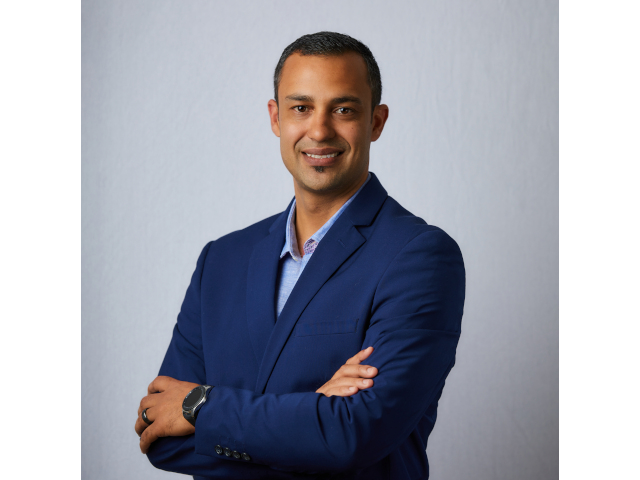Open access - Maintaining trust in video surveillance through signed video
By Industry Contributor 1 November 2022 | Categories: news
NEWS SPONSORED BY rAge EXPO:
By Marcel Bruyns, Sales Manager for Africa at Axis Communications
From surveillance systems that protect private organisations or secure public safety to those that improve urban mobility and environmental monitoring in smart cities, the applications and capabilities of video surveillance are improving rapidly and becoming more integrated in our daily lives. In the world of security surveillance, the authenticity of video data is also becoming increasingly important.
In South Africa, high-quality video footage can contribute to the prevention and prosecution of many crimes, but when used for forensic investigations or being submitted as video evidence in court, it is vital to establish the trustworthiness of video footage and guarantee that it or the recording device has not been manipulated or tampered with. Without a fool proof technique to authenticate video footage, video evidence would not be submissible in court. For instance, if a recording device were stationed in a public space, it is possible to tamper with the device and remove certain frames from video sequences – or insert frames into different times – in order to manipulate video evidence. It is therefore essential that security personnel, investigating officers, judges, and citizens themselves can trust that video surveillance captured can be verified as an authentic view of the scene. Any doubts have the potential to undermine its value.
The importance of trust
Trust in video evidence is an integral part of the security industry, which is why reliable video authentication that prevents or identifies any form of tampering or manipulation is essential. And while authentication technologies in surveillance systems do exist, not all are equally reliable – or always compatible with the variety of surveillance systems being used today. That is why Axis is now sharing open-source reference designs that provide the surveillance industry with open and trustworthy methods for video authentication and verification. The software libraries, together with documentation from such video authentication projects, have been made available on GitHub, providing a starting point for camera manufacturers or management software vendors to implement a unified method for video authentication.
Signed video frameworks can be used to establish the authenticity of video footage produced, without requiring physical access to the camera, and working even when in offline mode. Signed video represents the most straightforward and effective way to authenticate video. By adding a cryptographic signature at the point of capture, and tying that to the camera’s unique ID, any subsequent tampering will become obvious.
Signing video within the camera itself, rather than later in video processing, removes any question that video might have been edited since capture. And with the use of manufacturer keys, law enforcement agencies, governments, or private organisations can embed everything needed for verification within the video stream when the video is stored and viewed, online or offline. Now that this kind of video authentication software is being released as open source, these methods can become a standard for video authentication across the industry.
Addressing an industry-wide issue
Some may wonder why we would share our reference designs instead of keeping them for our sole benefit. The saying “a rising tide lifts all boats” applies here. This will benefit the entire industry, and all the companies within it. That is very much the philosophy behind our video authentication projects being released as open source, which allows for free and unlimited use by the industry as a whole. And considering how fundamentally important authentication and verification of video surveillance are to the security sector, these projects are a big step forward for securing trust in the surveillance industry.
Because we’re building our camera platforms on open standards, we’re opening the floor for innovation from a community of stakeholders around the world. Without the walled gardens of proprietary software, this open approach not only benefits the industry but also gives end customers easier access to state-of-the-art innovation.
Strengthening video surveillance as evidence
Central to video surveillance’s role in public safety and security is its ability to be used as evidence. Whether in criminal investigations or claims by citizens and employees against public bodies and businesses, it’s vital that the authenticity of video surveillance can be presented without question: any doubt, however small, will be used to undermine the relevance of video evidence. Signed video – and other manufacturers’ implementations based on the framework – is the most effective way to verify the authenticity of video throughout the chain of custody. With an irrefutable and secure link between the video signing and a specific device, surveillance systems that safeguard the world we live in can become more widely adopted – and more importantly – their footage can be trusted when it matters most.
Most Read Articles

Have Your Say
What new tech or developments are you most anticipating this year?



.jpg)
